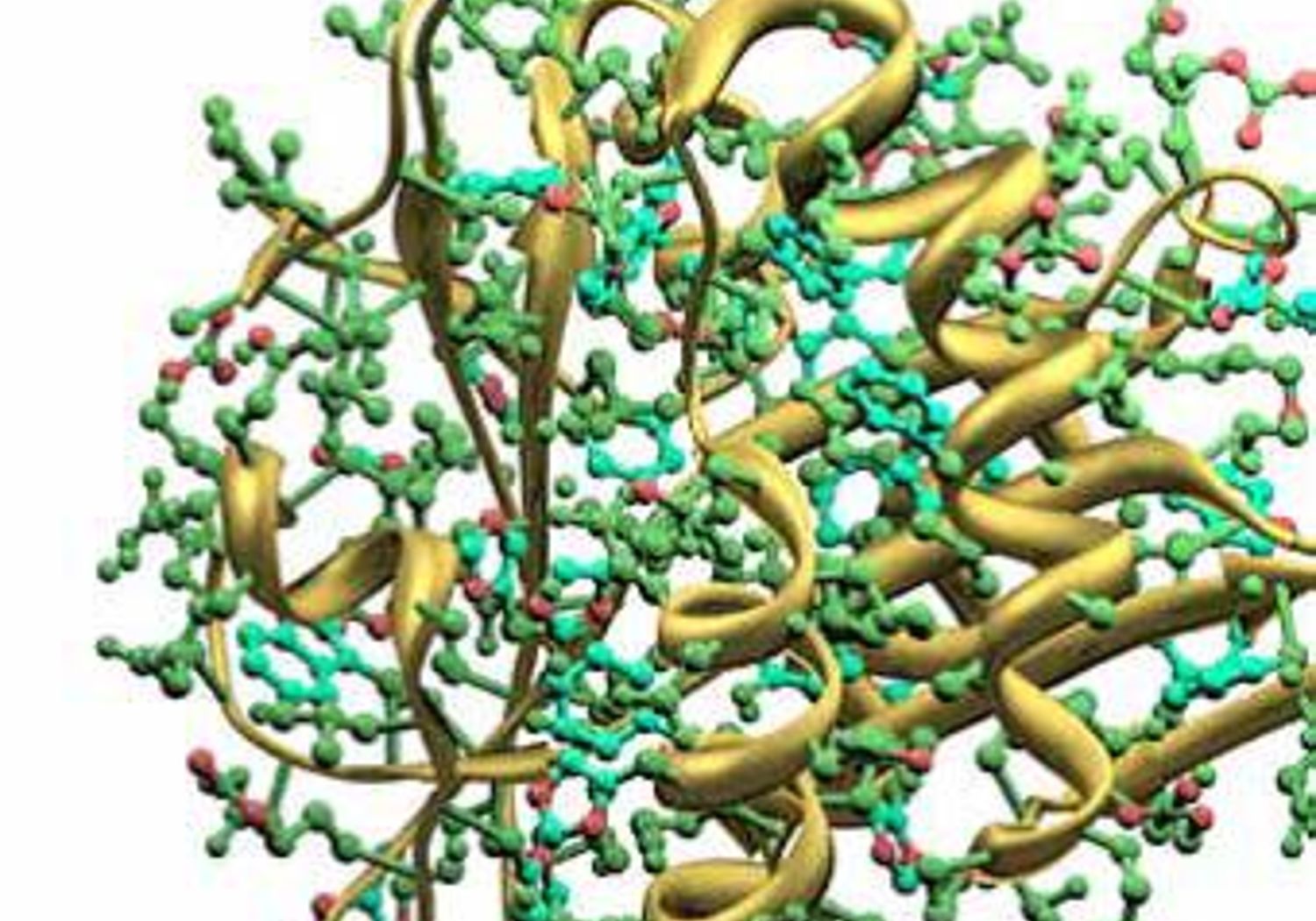Metrology for biomolecular origin of disease
Short Name: BiOrigin, Project Number: HLT10
Measurements in molecular medicine: First design principles for molecular medicine
Diseases are becoming increasingly resistant toantibiotics, limiting our ability to treat certain patients. Developing new antibiotics is costly and time consuming with no guarantee of success. So despite their significant importance for public health, antibiotics are not seen as a profitable business by many pharmaceutical companies.
The EMRP project HLT10 Metrology for biomolecular origin of disease established new design tool that can cost-effectively link the molecular structure of a potential antibiotic to the desired therapeutic effect.A major computer company supplied main frame computer time to enable the project to perform numerous software iterations, ultimately leading to the generation of a template that can be used to design new drug molecules to a pre-set specification.
The project:
- Provided a set of validated chemical structures that indicate a molecule’s desired biological effects enabling purely artificial designs and re-designs of novel, efficient antibiotics using a template.
- Established methods and materials for the evaluation and screening of biomolecules with potential for use as antibiotics such as small proteins.
- Developed experimental and computational methods to validate how antibiotics engage with their targets on a molecular scale.
- Developed innovative imaging methods for the visual monitoring and imaging of antibiotic behaviour in real time.
The project has laid the basis for direct and real-time measurements of biomolecular processes of therapeutic relevance. It is now possible to predict and monitor biological processes at the molecular and cellular level, and therefore develop novel diagnostics, antibiotics and biofilm-resistant materials. The research team worked closely with industry and clinicians to ensure widespread applicability and adoption of the newcapabilities. As a result, researchers at the University of Oxford have generated a new antibiotic with potential for delivery through the skin, and financial support for a clinical trial is being sought. A European leader in industrial biotechnology is also investigating potential commercialisation of the molecular design methods developed in the project to efficiently develop new drugs.
ChemPhysChem
Proceedings of the National Academy of Sciences of the United States of America
Journal of Biomolecular NMR
Phys. Chem. Chem. Phys.
Physical Review Letters
Methods
Amino Acids, Peptides and Proteins
Molecular Physics
Journal of Biological Chemistry
Phys. Rev.
Amino Acids, Peptides and Proteins
